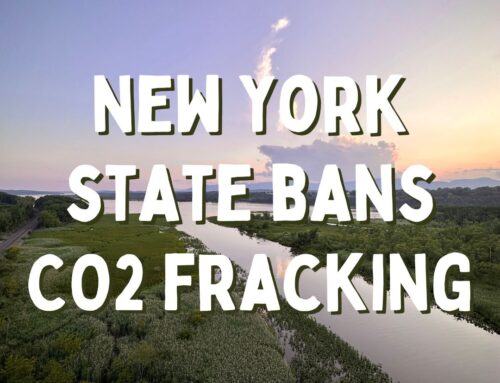CAPITAL REGION/HUDSON VALLEY—Dec. 17, 2010—The U.S. Environmental Protection Agency today announced its requirements for the next phase of General Electric Co.’s cleanup of toxic waste in the Hudson River, revealing a compromise plan that gives significant concessions to GE but will still result in major improvements for the health of the river and the people who live along it, according to leading environmental groups, who have long pushed for a safe and effective cleanup.
A statement follows from the groups—Hudson River Sloop Clearwater, Natural Resources Defense Council, Riverkeeper and Scenic Hudson:
“These standards are a compromise—ensuring a healthier Hudson in the years to come but letting GE get away with leaving a significant amount of toxic waste behind.
“Given the allowances that EPA’s standards afford to GE, there’s absolutely no excuse for the company not to opt in to the cleanup as soon as possible. All eyes will be on the corporation and EPA to ensure there are no corners cut once the cleanup begins.
“GE is the world’s second-largest corporation and prides itself on its innovation. The EPA has made the next phase of the cleanup completely achievable so GE should commit and use the occasion put its 40,000 world-class engineers and scientists to work to prove that it is ‘solving the world’s toughest environmental challenges,’ as it claims.
“The Hudson River and the millions of people who live along this iconic waterway deserve nothing less.”
BACKGROUND
Positive aspects of EPA’s plan
Our organizations have been calling for EPA to include several measures in their standards that were adopted in today’s announcement. This includes rejecting GE’s attempts to postpone the release of cleanup standards for the next phase by another year and rejecting a “one and done” approach that would have allowed the company to leave behind PCBs any time the dredge uncovers larger amounts of contamination than predicted by initial estimates. The groups are reassured that the EPA will require two dredging passes to remove the mass of PCBs that have been polluting the river for more than 40 years.
GE now is faced with committing to a binding agreement to finish a multi-year cleanup beginning in spring 2011. And if the cleanup is implemented according to the standards the EPA released today, the Hudson River will end up much cleaner and healthier.
Concerns about Phase 2 requirements
The EPA provided GE with an “allowance” to leave behind elevated PCB levels in up to 21 percent of the cleanup area—with no set limit on the total amount PCBs—to be covered over by “caps” that may not prevent the toxic materials from being stirred up once again in the years to come.
The effectiveness of caps in the Hudson may prove unreliable over time because the river is subject to strong currents, heavy rains and spring thaws as well as heavy traffic by large ships. This shift toward more aggressive capping instead of removing as much of the toxic PCBs as possible is disappointing. Federal and state agencies with oversight for the river’s health and future share our concerns about capping in the highly active waterway. The environmental groups are, however, reassured that GE will be held responsible to maintain in perpetuity any caps placed during Phase 2.





